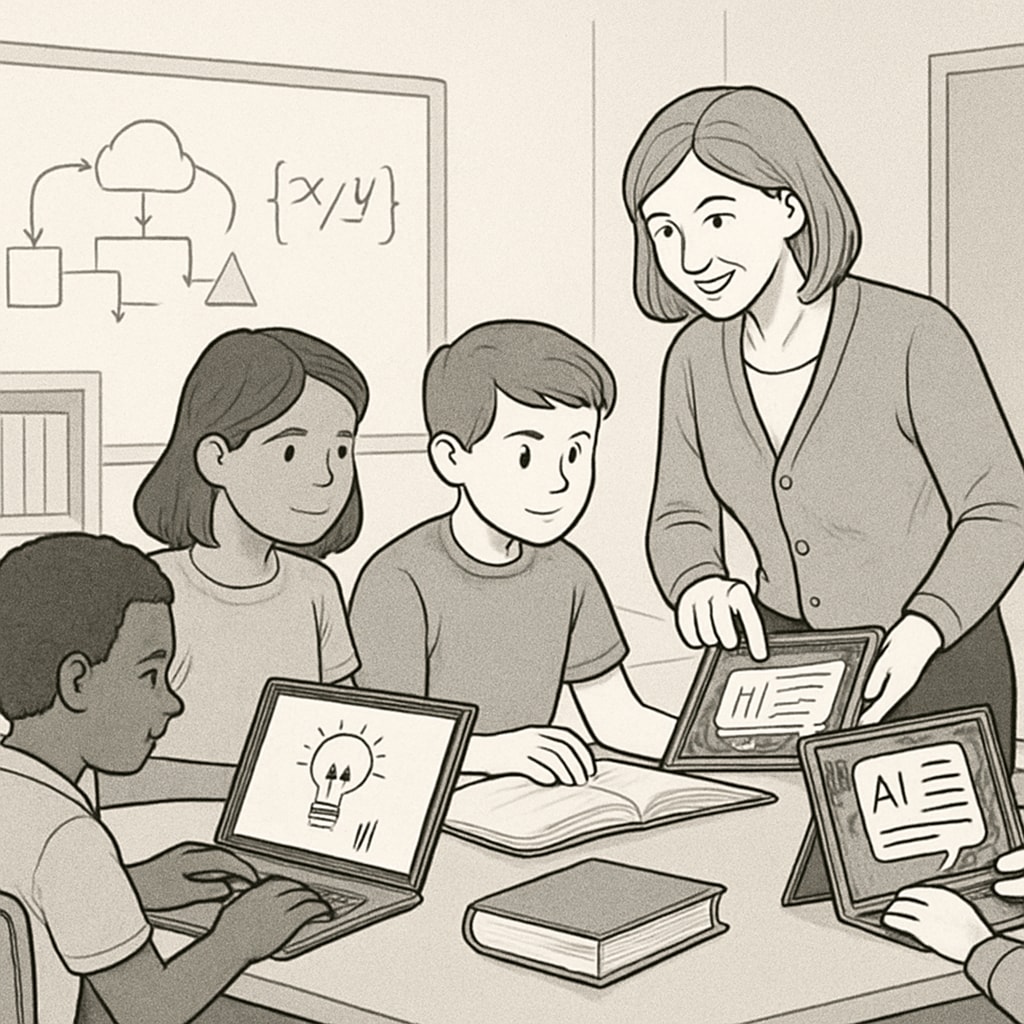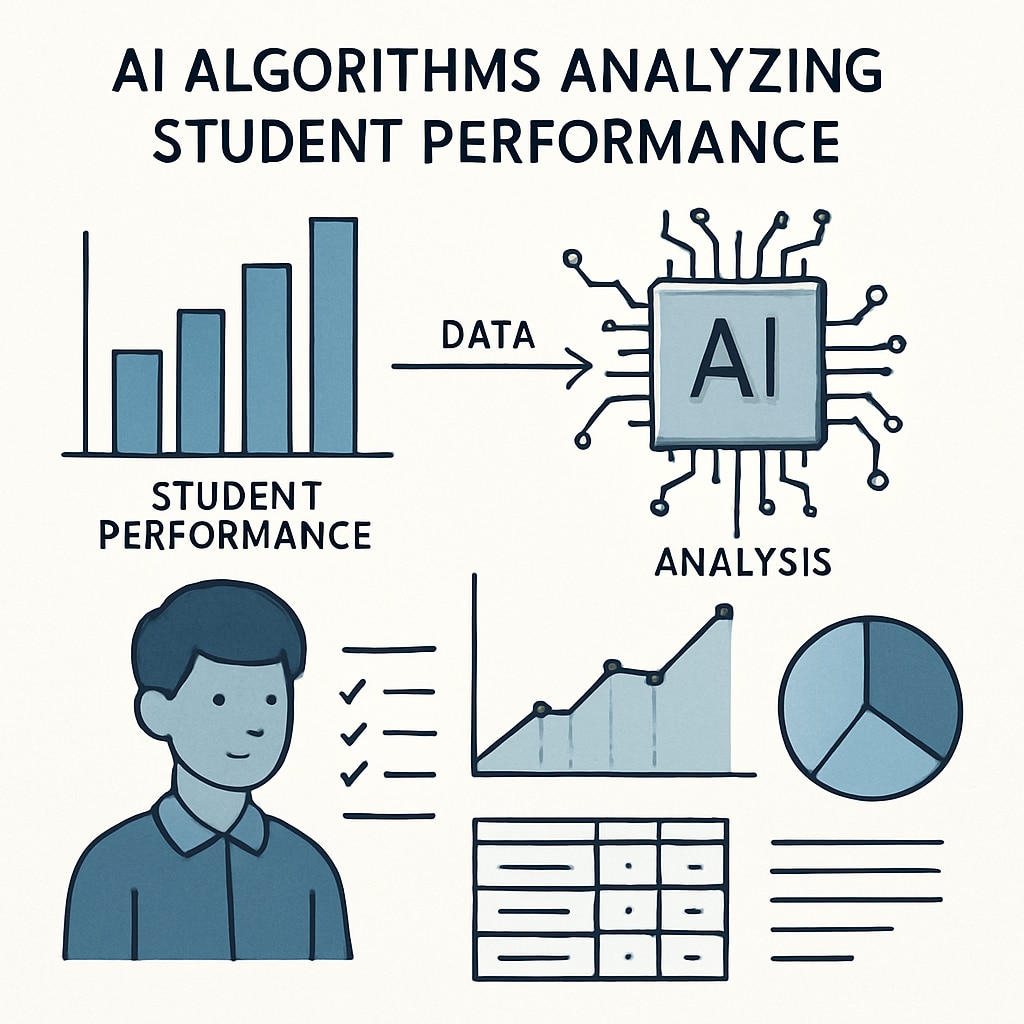Artificial intelligence (AI) is rapidly transforming education, reshaping how we think about competitive exams and talent selection. Traditional competitive exams, which emphasize rote learning and standardized testing, often fail to address the diverse skills and competencies required in the AI-driven world. As a result, the need for reform in K12 education systems has become more urgent than ever.
The rise of AI technology demands a shift from conventional methods of evaluating students to a more holistic and diversified approach. In this article, we will explore why the traditional model of competitive exams needs to evolve, how AI is influencing educational practices, and what reforms are essential for fostering a future-ready generation of learners.
Challenges of Traditional Competitive Exams in the AI Era
Traditional competitive exams primarily focus on measuring a student’s ability to memorize and reproduce information. While these methods have served their purposes in the past, they are increasingly inadequate in the context of an AI-driven society, where creativity, adaptability, and problem-solving skills are paramount.
For example, AI systems can now process complex data, solve intricate problems, and even outperform humans in certain analytical tasks. This raises a critical question: Are we preparing students for a future where such tasks may be automated? The answer lies in a fundamental shift in how we assess talent.
- Limited Scope: Standardized exams often neglect essential skills like collaboration, critical thinking, and emotional intelligence.
- Stress and Burnout: The high-stakes nature of competitive exams can negatively impact mental health and discourage genuine learning.
- Outdated Metrics: Traditional exams fail to measure innovative thinking and adaptability, qualities that are increasingly valuable.

The Role of AI in Revolutionizing Education
AI is not just reshaping industries—it is also revolutionizing education. From personalized learning platforms to AI-driven tutoring systems, this technology is creating opportunities for more tailored and effective educational experiences. However, to fully leverage AI’s potential, competitive exams must adapt.
For example, AI can analyze student performance beyond standardized tests, offering insights into their strengths, interests, and areas for improvement. This enables a more nuanced evaluation of talent and opens the door to diverse career paths.
- Personalized Assessments: AI can provide customized evaluations based on individual learning styles and competencies.
- Skill-Based Metrics: AI-driven systems can assess non-traditional skills such as creativity, leadership, and collaboration.
- Continuous Feedback: Instead of one-time exams, AI allows for ongoing assessments that track growth over time.

Proposed Reforms for Competitive Exams
To align competitive exams with the needs of the AI era, educators and policymakers must consider the following reforms:
- Integration of AI Tools: Incorporate AI-driven platforms into the examination process to assess diverse skills and competencies.
- Holistic Evaluation: Move beyond rote learning to evaluate critical thinking, creativity, and emotional intelligence.
- Flexible Exam Formats: Introduce project-based assessments, collaborative tasks, and real-world problem-solving scenarios.
- Focus on Lifelong Learning: Shift the emphasis from static knowledge to adaptability and continuous skill development.
These reforms aim to create an education system that not only prepares students for AI-driven challenges but also encourages them to thrive in an ever-changing world.
In conclusion, artificial intelligence is not merely a tool for education—it is a catalyst for transformation. By revisiting and reforming competitive exams, we can ensure that talent selection aligns with the demands of the AI era. This is not just a necessity; it is an opportunity to create an education system that values diversity, innovation, and lifelong learning.
Readability guidance: Use short paragraphs and clear headings to improve accessibility. Include lists to summarize key points, and balance technical insights with relatable examples.


